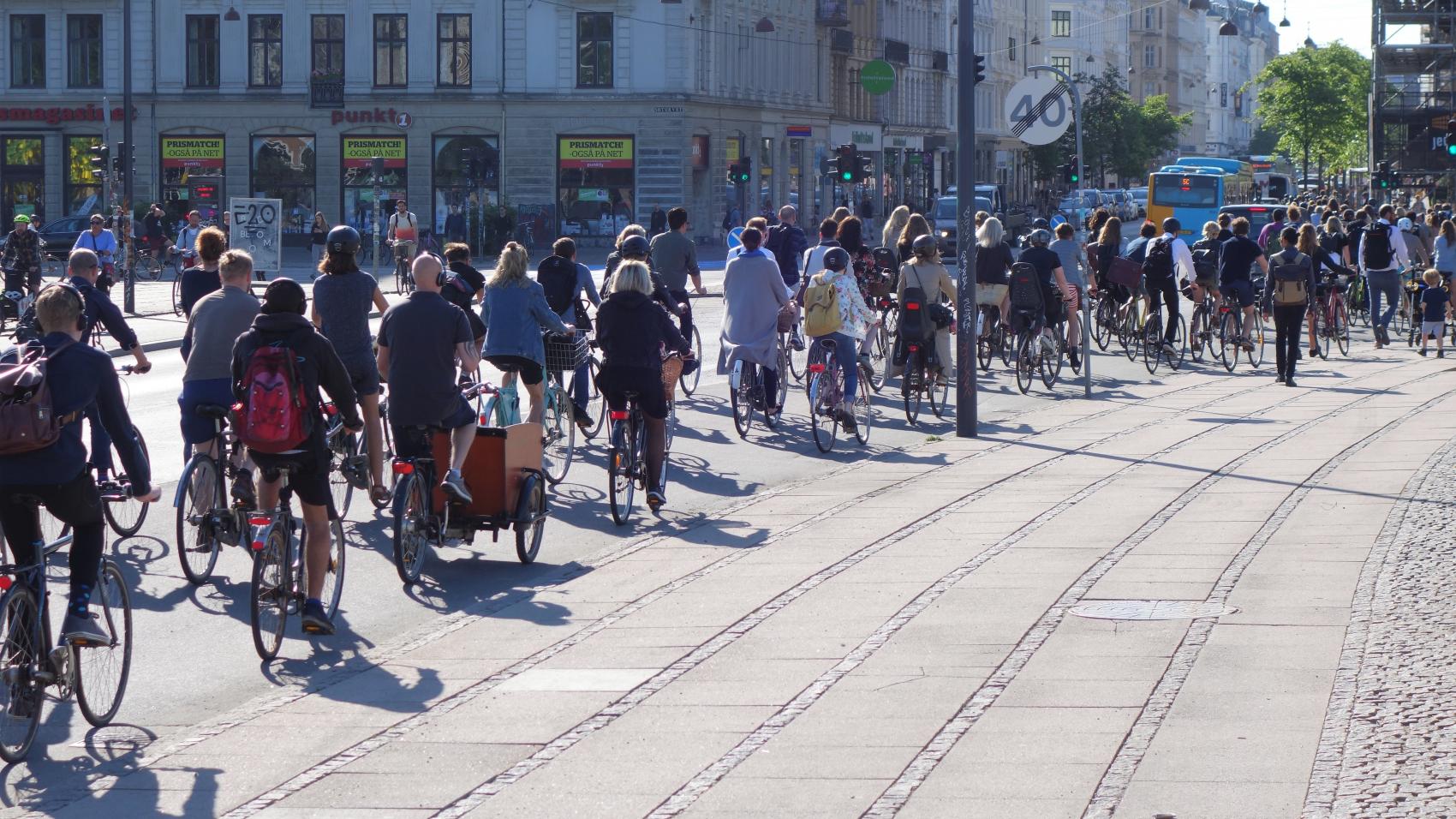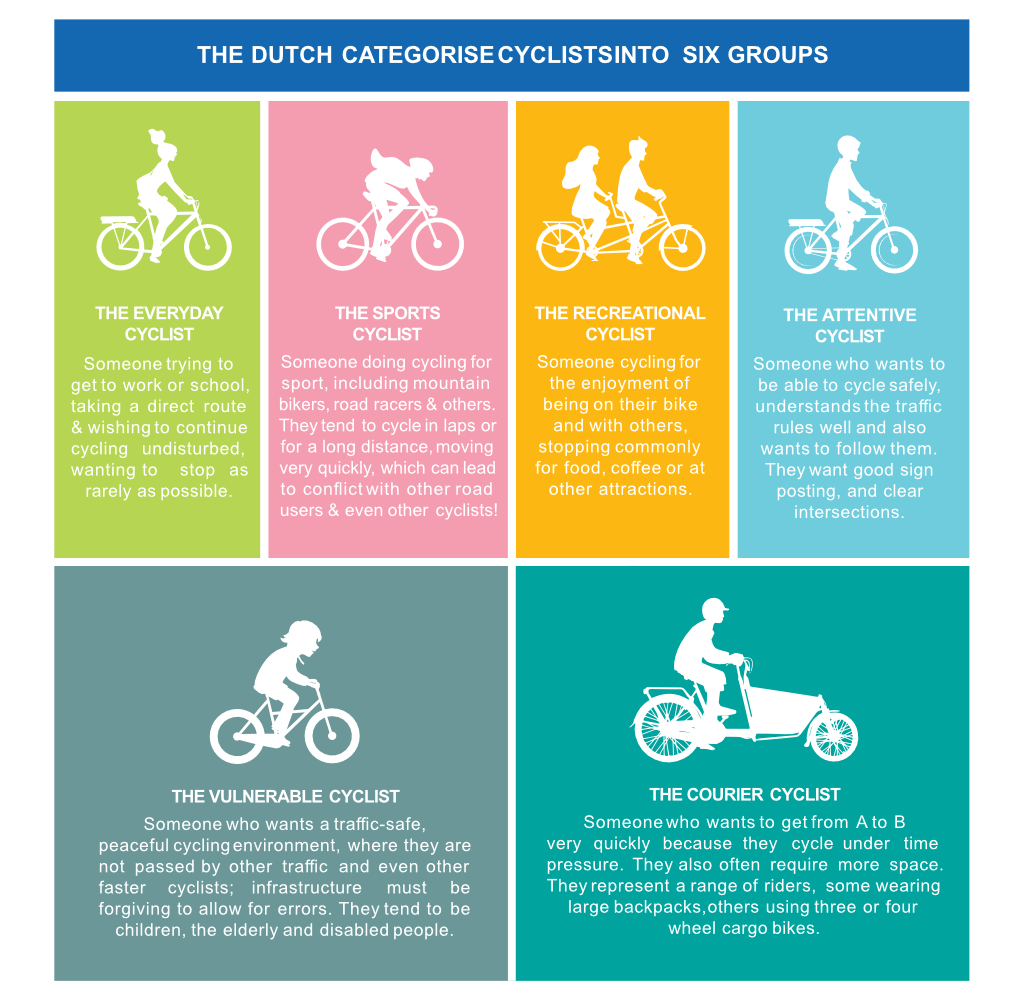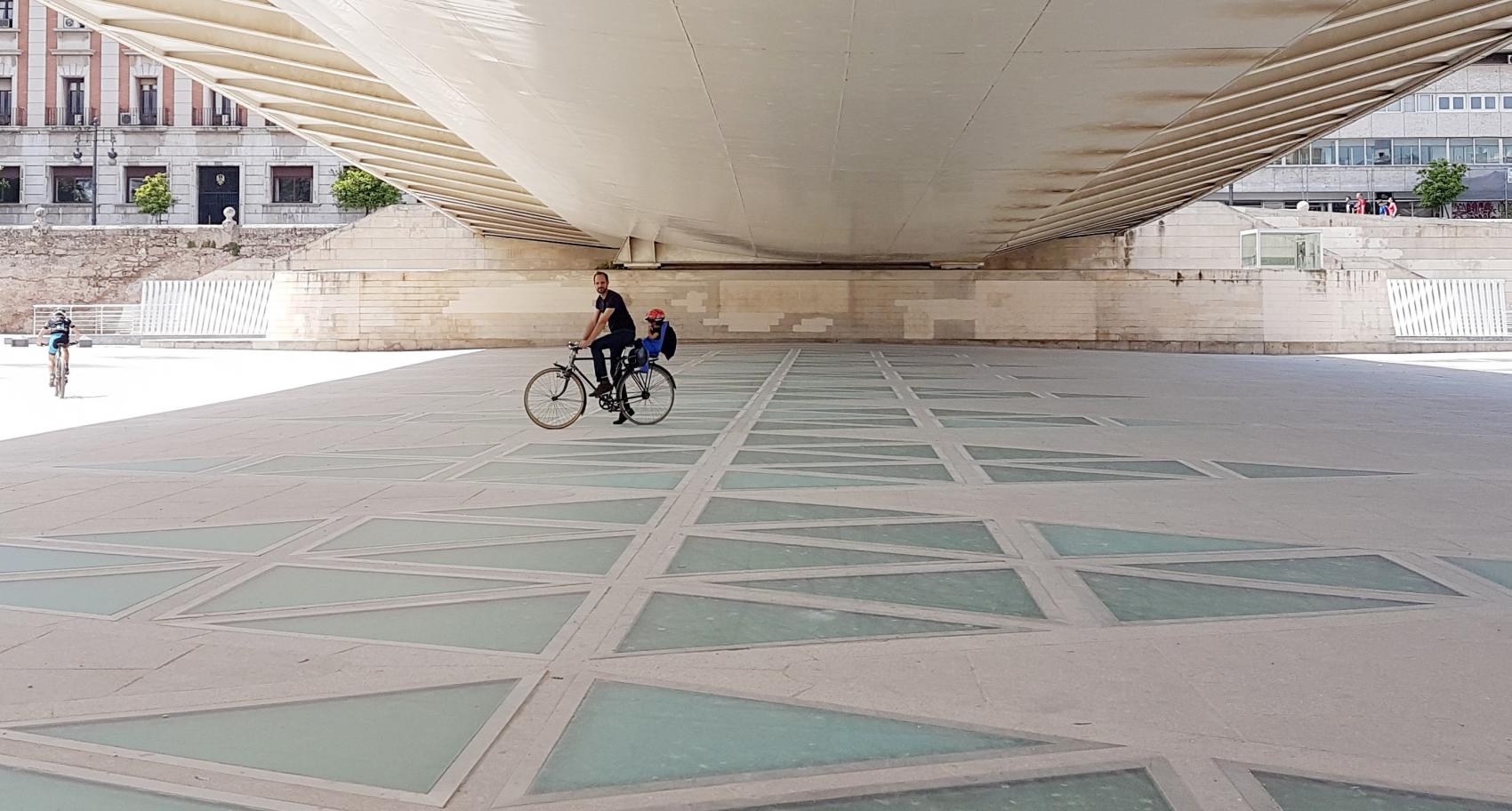
Road Safety and Road User behaviour: How can we make cycling safer?
Road safety is a pressing issue in Europe, with over 25,000 deaths recorded on European Roads in 2019. Of these people an increasing proportion are cyclists, rising as a proportion of deaths from 6-8% from 2007 to 2018. What can be done? In this series of articles ECF examines the four pillars or road safety, in connection with the Safer Cycling Advocate Program. In this first article we investigate Road User Behaviour, tackling some two examples of changes that can be made to policy and common understanding to save lives. You can also read more in the SCAP Best Practice Guide.
The starting point of any behavioural intervention regarding cycling should be to put aside the myth that cyclists are somehow one simple homogeneous group. People who cycle do so for a wide variety of motivations and with a wide variety of different behaviours/preferences and are far from identical in their needs!. The Dutch, for example, have categorized the users of bicycles into 6 main groups, each one with different needs and behaviors.

Behavior on a bike changes when we use it to go to work, when we practice sports, or when we take a pleasant Sunday ride. You can even tell a lot depending on the clothes people wear while they cycle: casual clothes for students, smart clothes for commuters, sports clothes when getting ready to use a racing bike, or even dresses/party clothes when going on a night out or for dinner. These groups all need to be thought about individually for road safety.
Perhaps the most important group to cater for are the Vulnerable Cyclists. A great example of how to do this is how the Dutch and Danish educate their children, with cycling and cycling safety beginning in school, and sometimes earlier. For young children the bicycle is an important tool, providing the means of establishing their independence and improving their confidence in dealing with the wider world.
Most of the schools in The Netherlands take part in Traffic Exams, with a theoretical and a practical part. Children are informed about legislation, but also about behaviour on the public road when riding their bike. In Denmark, most children have completed a “cycling test”, although it is not mandatory, in elementary school. It is crucial that schools, day care institutions, and local authorities support children cycling, so the sole responsibility does not rest with the parents.

Road safety education should not only concern cyclists but also all other road users, especially those using motor vehicles, after all, driving is a great responsibility. By driving a car you are choosing to bring several tonnes of steel and several hundred horsepower of speed to the road. An example of an easy change that could be made (amongst many others, see the Best Practice Guide for more), is the Dutch Reach.
The idea of the Dutch Reach is that when a driver goes to open the door to get out of a car, the door is opened with the ‘wrong hand’ (the hand that is furthest from the door when sitting behind the wheel). When doing that, the driver automatically turns their body to face the rear where a cyclist may be approaching. This measure is designed to reduce one of the most frequent incidents for cyclists: the infamous act of “dooring”.
If we can design our roads and change our behaviours to cater for all six of the groups we identified here, we can save lives. Indeed one interesting correlation we see is that when you increase the proportion of people cycling every day, there is a reduced risk of accident for each individual cyclist (the so-called ‘Safety in Numbers’ effect). We can’t say exactly why, but there is a good chance that (together with other reasons) this is because drivers are more likely to be cyclists themselves, which means that they are more likely to understand how their driving may affect other road users. These are just two examples of how improved road user behaviour can save lives. Keep an eye on the work of ECF, our member in your country, and the Safer Cycling Advocate Program for more.
Regions:
Contact the author
Recent news!
Upcoming events
Contact Us
Avenue des Arts, 7-8
Postal address: Rue de la Charité, 22
1210 Brussels, Belgium









